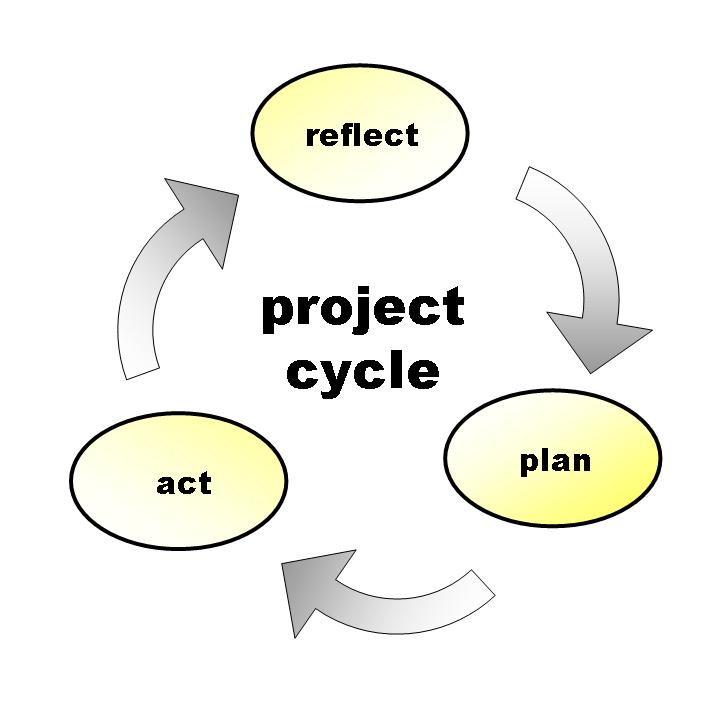 Critical Path Method (CPM) can be a key tool for supercharging the project planning process. It is essential to calculate the time that will be taken per section when planning any project.
Critical Path Method (CPM) can be a key tool for supercharging the project planning process. It is essential to calculate the time that will be taken per section when planning any project.  This helps to determine the commencement date of the next task, which of course cannot begin until the preceding task is completed successfully. The calculations should also establish the latest date any activity needs to be completed so that the next section can start. Everything is intertwined, and, without proper project planning, you can easily lose sight of set goals.
This helps to determine the commencement date of the next task, which of course cannot begin until the preceding task is completed successfully. The calculations should also establish the latest date any activity needs to be completed so that the next section can start. Everything is intertwined, and, without proper project planning, you can easily lose sight of set goals.
CPM helps to outline most tasks and define and schedule them accordingly; some are critical while others are not. This system helps project managers determine the duration of a project as well as the amount of resources required to complete the project successfully.
Tasks in CPM refer to activities that must be undertaken, though some are deemed critical while others are non-critical. This means that the tasks can be assigned and worked on independently of one another.
PERT charts are frequently used in CPM to define milestones. Milestones are events that show a particular activity has been completed before commencing of another event. CPM is very useful because it can help identify variables, causes and effects within the process. CPM identifies the amount of time required to complete a task, risks involved, cost to complete the project, schedules, tasks, and milestones. It is worth noting that, if a risk is not identified appropriately upfront, the time needed to address the problem must be inserted in the PERT chart.
CPM helps project managers to find optimal ways of finishing the set tasks. In essence, CPM helps you to identify project days of float. The float is calculated by the duration an activity takes to complete as well as the number of days available between start date of a task and the activity that follows directly afterwards. For instance, if a task takes five days to complete and only five days are available, then there is no float; the task is very critical. However if you have a task that takes two days to complete and you have five days, then you have a float of three days. This means it is not critical, and you can delay this task for up to three days without adversely affecting the entire process.
A typical project management has various tasks involving different individuals and thus, to keep things on track, CPM is very important. Without this in place, some activities may fall behind and finallyget lost. Forgotten tasks in the planning stage can severely affect the entire process. A project that gets delayed because of some forgotten tasks will cost the company money and will also lead to unhappy clients, as well as other unhappy stakeholders.
CPM helps project managers to establish critical tasks so that they can make sure they are successfully completed before embarking on other dependent tasks. To avoid poor planning as a project manager, ensure you incorporate CPM in your planning. The CPM diagram makes it pretty easy to visualize critical tasks so that they can be given priority in the project. This will enable you to plan your work accordingly so that the entire process can be efficient and effective. CPM can help you to establish a visual perspective of the whole project, broken down into small, manageable activities which are crucial to the successful completion of the process.
Benefits of Using Critical Path Method for Supercharging the Project Planning Process
- Predicts the time each task will take to be completed before embarking on the next task
- Provides a timescale to the client and other significant stakeholders
- Shows the importance of each section to the progress of the whole process
- Helps to assign the right department and team to their corresponding tasks
It is of paramount importance to note that, at the commencement of the project, time taken on each task is estimated time. As the project progresses, the estimated time may vary depending on various factors involved in the project. Nevertheless it pays to be as accurate as possible in coming up with Critical Path diagram.
In summary we can say that CPM is an analytical way of completing a process effectively and efficiently. CPM is a very effective way of supercharging the process especially if used in conjunction with PERT charts and clear critical path milestones.
The Critical Path Method is part of the Project Time Management knowledge area in the Project Management Body of Knowledge (PMBoK). For more details, please check out our Project Management Professional (PMP) preparation courses.
Rayan has 6 years of experience in the project management and has completed many courses related to it. From his personal experience he write this article on Critical Path Method, which is a part of Time Management knowledge area.







